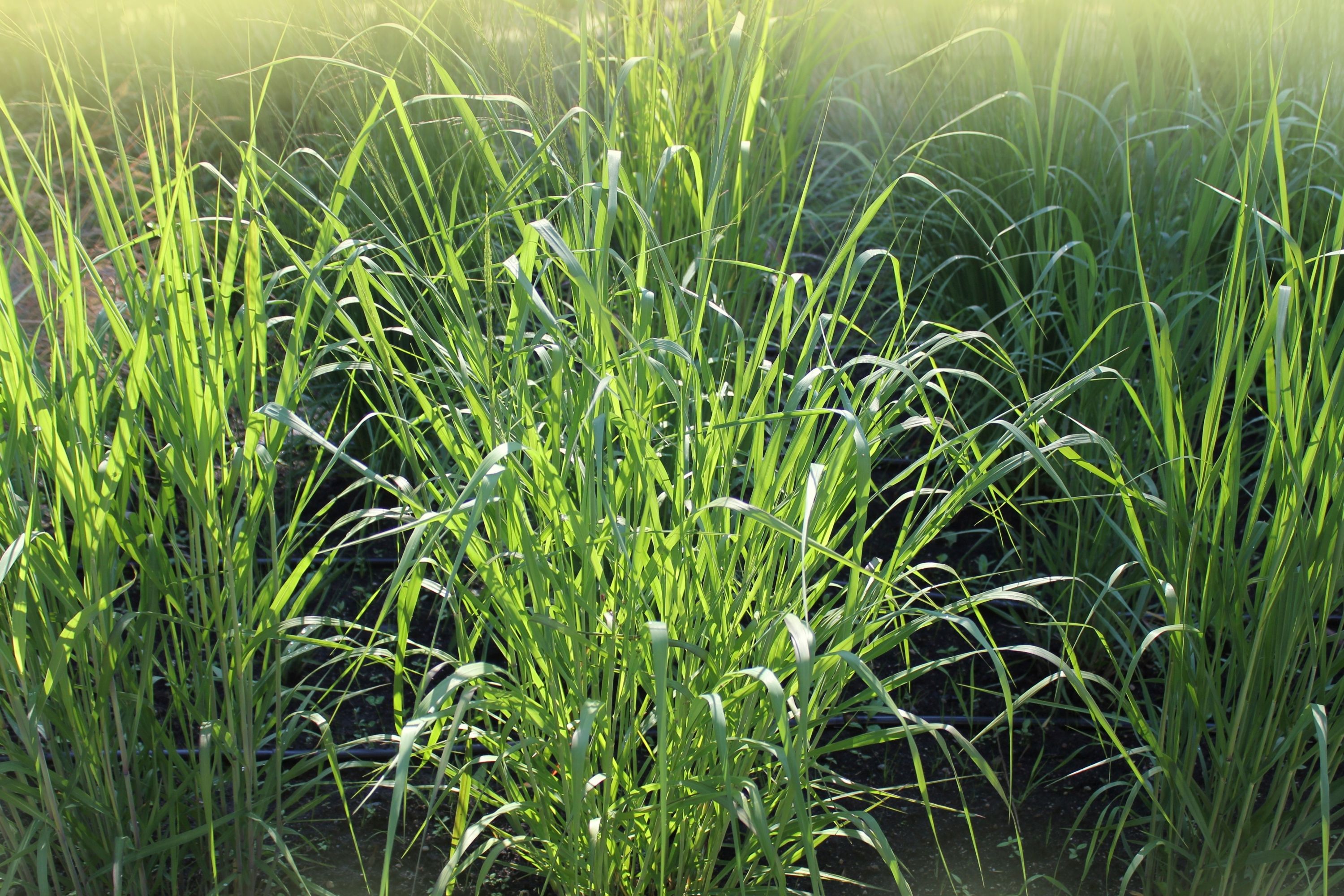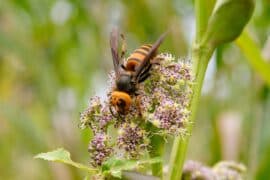Fall panicgrass
(Panicum dichotomiflorum)

Description
Panicum dichotomiflorum, known by the common names fall panicgrass, autumn millet (Britain and Ireland), and fall panicum is a species of Poaceae "true grass". It is native to much of the eastern United States and parts of Canada, and it can be found in the Western United States through California. It may be an introduced species in some western climates. It grows in many types of habitat, including disturbed areas and chaparral habitats. Panicum dichotomiflorum is an annual grass growing decumbent or erect to a maximum height near one meter-3 feet. It can be distinguished from its relative, Panicum capillare - Witchgrass by its hairless leaves.The inflorescence is a large open panicle up to 20 centimeters long and fanning out to a width of 16 centimeters. Panicum (panicgrass) is a large genus of about 450 species of grasses native throughout the tropical regions of the world, with a few species extending into the northern temperate zone. They are often large, annual or perennial grasses, growing to 1–3 m (3 ft 3 in – 9 ft 10 in) tall. The flowers are produced in a well-developed panicle often up to 60 cm (24 in) in length with numerous seeds, which are 1–6 mm (0.039–0.236 in) long and 1–2 mm (0.039–0.079 in) broad. The fruits are developed from a two-flowered spikelet. Only the upper floret of each spikelet is fertile; the lower floret is sterile or staminate. Both glumes are present and well developed. Australia has 29 native and 9 introduced species of Panicum. Well-known Panicum species include Panicum miliaceum (proso millet) and Panicum virgatum (switchgrass).
Taxonomic tree:







